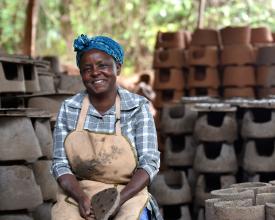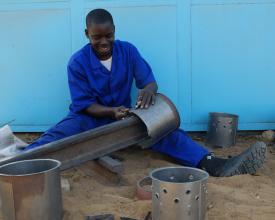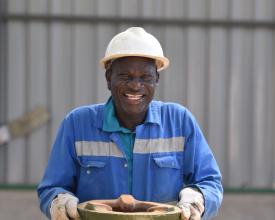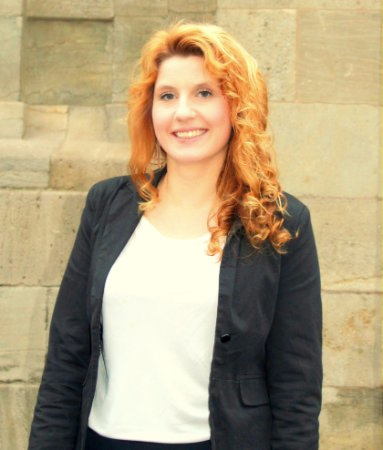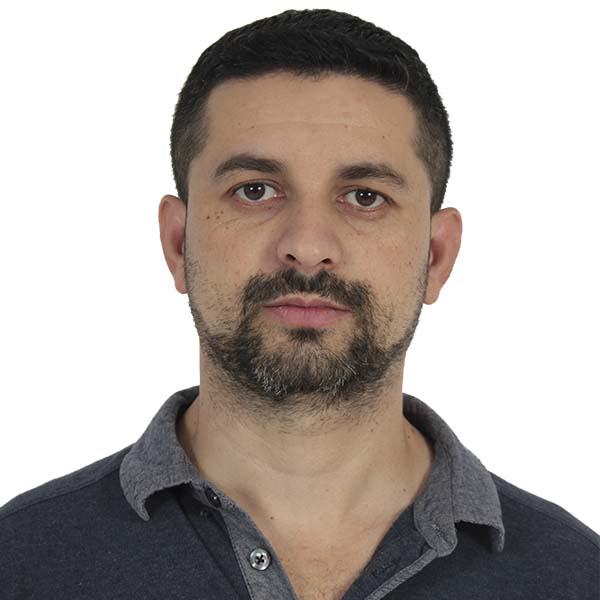
Promotion of Climate-Friendly Cooking: Kenya and Senegal
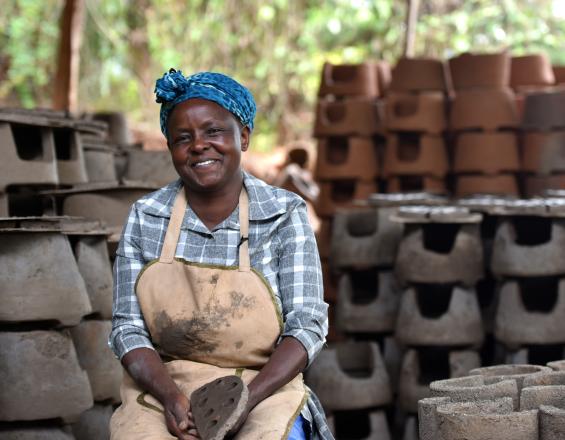
About 15% of the energy demand worldwide is met by classic biomass such as firewood or charcoal. Some 2.8 billion people cook their daily meals with such biomass. The combustion of biomass during cooking releases greenhouse gases (GHG). The Intergovernmental Panel on Climate Change notes that using improved stoves could save emissions equivalent to 0.6–2.4 gigatonnes CO₂ each year.
The objective of the project is to scale-up the market growth for improved stoves in both countries sustainably and long term in order to thereby reduce GHG emissions. This is achieved by supporting the supply side (producers of improved stoves) as well as the demand side (customers), through the following activities:
(a) Professionalising the production, expanding distribution and retail structures and promoting access to finance.
(b) Raising awareness among consumers and creating a favourable market environment.
In terms of the global component the knowledge generated by the project will be shared, with the aim of scaling up the approach.
Context
Challenges addressed
The key barriers an be divided into supply and demand side barriers. On the supply side these are:
- Weak technological basis and capacities to improve production processes of ICS and product design to suit consumer needs.
- Under-developed ICS supply chain since even basic ICS solutions do not reach remote rural areas.
- Limited access to finance due to reasons like informality, high interest rates and collateral requirements.
On the demand side these are:
- Lack of confidence in new products and vendors due to a limited trust in new products that is caused by marketing and awareness raising campaigns not reaching rural markets.
- Low awareness of the risks that are associated with traditional cooking practices and the multiple benefits of ICS, as well as their importance for family expenses, health and the environment.
- Non-favourable market environments due to policy, institutional and co-ordinational challenges.
Location
Process
Summary of the process
Both building blocks – demand as well as supply side measures - are key for a successful implementation of the project approach since they are interdependent. By implementing this two-pronged approach the project is ensuring the sustainable and long -term growth of the ICS market also after the projects duration.
Building Blocks
Sustainably scaling up the production of improved cookstoves
Supporting artisanal, professional and business class ICS producers in scaling up their production by providing them with tools to increase the efficiency of workshop processes as well as business development services to enable them to increase their sales.
Enabling factors
The project is using a market-based approach to facilitate of the growth of the ICS market. In terms of this approach the project enables the supported ICS producers to significantly increase their production of climate friendly cookstoves as well as their market reach. Furthermore, the ICS producers access to market-based finance is facilitated by the project. This is further supported by demand side measures to increase the knowledge on the benefits of improved cooking technologies especially in rural areas as well as improving the enabling environment.
Lesson learned
To kick-start this development the ICS market in the relevant country or region must have moved already from the from Pre-Commercial towards Pioneering stage which means that there are already a few mostly informal low-sales volume artisanal ICS businesses and existing but weak distribution channels that are mostly situated in urban or peri-urban settings.
Via behaviour change communication increasing the demand for improved cookstoves
The project is putting a heighted focus on demand side measures in terms of behaviour change communication targeting especially rural areas. By this the project aims at increasing the knowledge of the target populations on the benefits of ICS to ensure that households buy ICS and integrate them into their cooking energy system. in order to further mainstream and increase efficiency of the outreach different partners and networks are involved.
Enabling factors
To increase the demand on a larger scale the project is implementing widely ranging demand side activities. These include i.e. broadcast via the national as regional radio stations, product placement in soap operas, sensitisation of local leadership and government extension workers as well as caravan events and cooking performances on local markets and in communities.
Lesson learned
To kick-start this development the ICS market in the relevant country or region must have moved already from the from Pre-Commercial towards Pioneering stage which means that there is a growing awareness in the market on the technologies and its benefits and early adopters already use the technology.
Impacts
The project will significantly limit consumption of non-renewable biomass in the cooking sector compared to the baseline situation. This will lead to greenhouse gas (GHG) emission reductions of 6.47 Mega tonnes of CO2 equivalent during the project period and to an additional reduction of 24.77 Mega tonnes of CO2 equivalent until 2030. It thus will enable Senegal and Kenya to reach their stated NDC targets for GHG emissions in the energy sector.
Further, the project is directly benefitting 11.23 million people and 1.91 million mainly rural households, including 610,000 women-headed households and 5.57 million children by providing them with access to cleaner cooking technologies.
The project is jointly financed by the Green Climate Fund (GCF), the German Federal Ministry for Economic Cooperation and Development (BMZ), the Kenyan Ministry of Energy as well as the Senegalese Ministry of Petroleum and Energy and the Senegalese Ministry of Environment and Sustainable Development.
Beneficiaries
By scaling up the ICS market rural household and thereby especially women and girls are benefitting from the results of the project.
